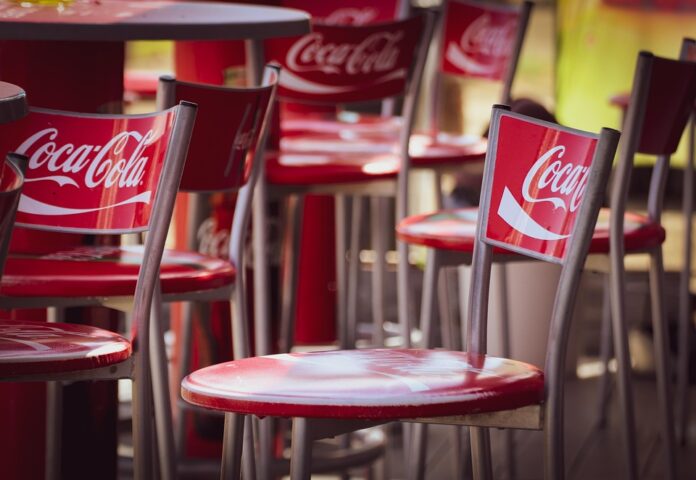The Packaging Materials Used to Preserve Quality in Bag in Box Beverages
Introduction
Bag in box packaging has gained popularity in the beverage industry due to its convenience, cost-effectiveness, and ability to preserve product quality. The materials used in bag in box packaging play a crucial role in ensuring that beverages remain fresh and flavorful for an extended period. In this report, we will delve into the various packaging materials used in bag in box beverages and their impact on product quality.
Types of Packaging Materials
The most common materials used in bag in box packaging include:
1. Plastic: Polyethylene (PE) and polypropylene (PP) are commonly used in bag in box packaging due to their flexibility, durability, and ability to provide a barrier against oxygen and light. These materials are excellent at preserving the quality of beverages, especially wines and juices.
2. Foil: Aluminum foil is often used as a barrier material in bag in box packaging to protect beverages from oxygen and light. Foil helps to maintain the freshness and flavor of the product while also providing a barrier against external contaminants.
3. Paperboard: Paperboard is used as the outer packaging material in bag in box beverages to provide structural support and protection. It is typically coated with a moisture-resistant layer to prevent leakage and ensure the integrity of the packaging.
Benefits of Packaging Materials
The choice of packaging materials in bag in box beverages offers several benefits, including:
1. Extended Shelf Life: The barrier properties of plastic, foil, and paperboard help to extend the shelf life of beverages by protecting them from oxygen, light, and other contaminants.
2. Preservation of Flavor: By maintaining a controlled environment within the packaging, the materials used help to preserve the flavor and aroma of the beverages, ensuring a high-quality product for consumers.
3. Cost-Effectiveness: Bag in box packaging is cost-effective compared to traditional glass bottles or cans, and the choice of materials can further optimize costs while maintaining product quality.
Industry Insights
The bag in box packaging market is experiencing steady growth, driven by the increasing demand for convenient and sustainable packaging solutions in the beverage industry. According to market research reports, the global bag in box packaging market is expected to reach $4.5 billion by 2025, with a compound annual growth rate (CAGR) of 5.2%.
Leading companies in the bag in box packaging industry include Smurfit Kappa Group, DS Smith Plc, Liqui-Box Corporation, and Scholle IPN. These companies offer a range of packaging solutions tailored to the specific needs of beverage manufacturers, ensuring product quality and consumer satisfaction.
Conclusion
The choice of packaging materials is crucial in preserving the quality of beverages in bag in box packaging. Plastic, foil, and paperboard offer excellent barrier properties and structural support to ensure the freshness, flavor, and integrity of the products. As the demand for sustainable and convenient packaging solutions continues to grow, bag in box beverages are expected to remain a popular choice among consumers and manufacturers alike.




